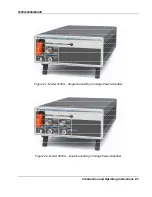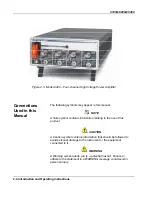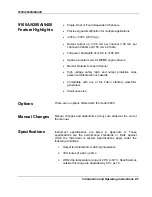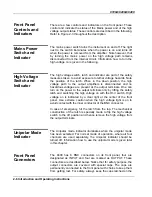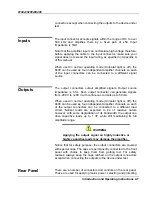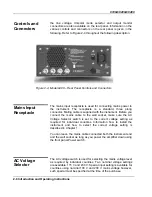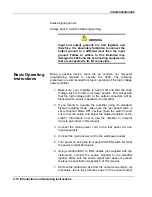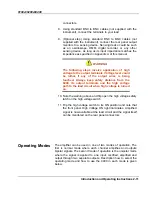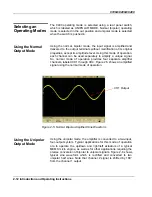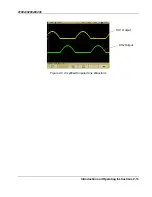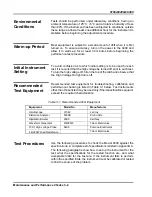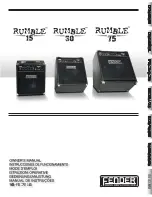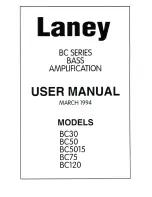
Chapter 2
Introduction and Operating Instructions
What’s in This
Chapter
This chapter contains general and functional description of the
Models 9100A, 9200A and 9400 – high voltage, wideband amplifier
series. It also describes the front and rear panel connectors,
operational modes and all features available with the instruments.
Introduction
Description
Models 9100A, 9200A and 9400 were designed as a general
purpose series, wide band and high voltage amplifier however, with
specific applications in mind. It has up to four channels built in a
small case size to save space and cost but without compromising
bandwidth and signal integrity. The Model 9100A is shown in
Figure 2-1, model 9200A is shown in Figure 2-2 and model 9400 in
Figure 2-3. All instruments are built on the same platform and share
specifications and features except the 9100A is a single channel
version, the 9200A is a dual channel version and the 9400 has four
channels.
NOTE
This manual is common to Models 9100A, 9200A and
Model 9400. All instruments are built on the same
platform and share specifications and features except
the 9100A is a single channel version, the 9200 has
two channels and 9400 has four channels.
The 9400 is intended to operate as an amplifying buffer for signals
such as available from waveform, function, or pulse generators.
Most of these generators can produce signals that are limited to 20
Vp-p into high impedance, so the 9400 can be used to convert
these voltages to levels as high as 400 Vp-p.
The amplifier case was designed to stack on top or below other
Tabor products. It measures 2U high and ½ rack size. It also can
be mounted next to a Tabor generator in a standard 19” rack, as
shown in Figure 2-4. The arbitrary waveform and amplifier
combination is a perfect fit for almost every high-voltage, wide
bandwidth application.

















